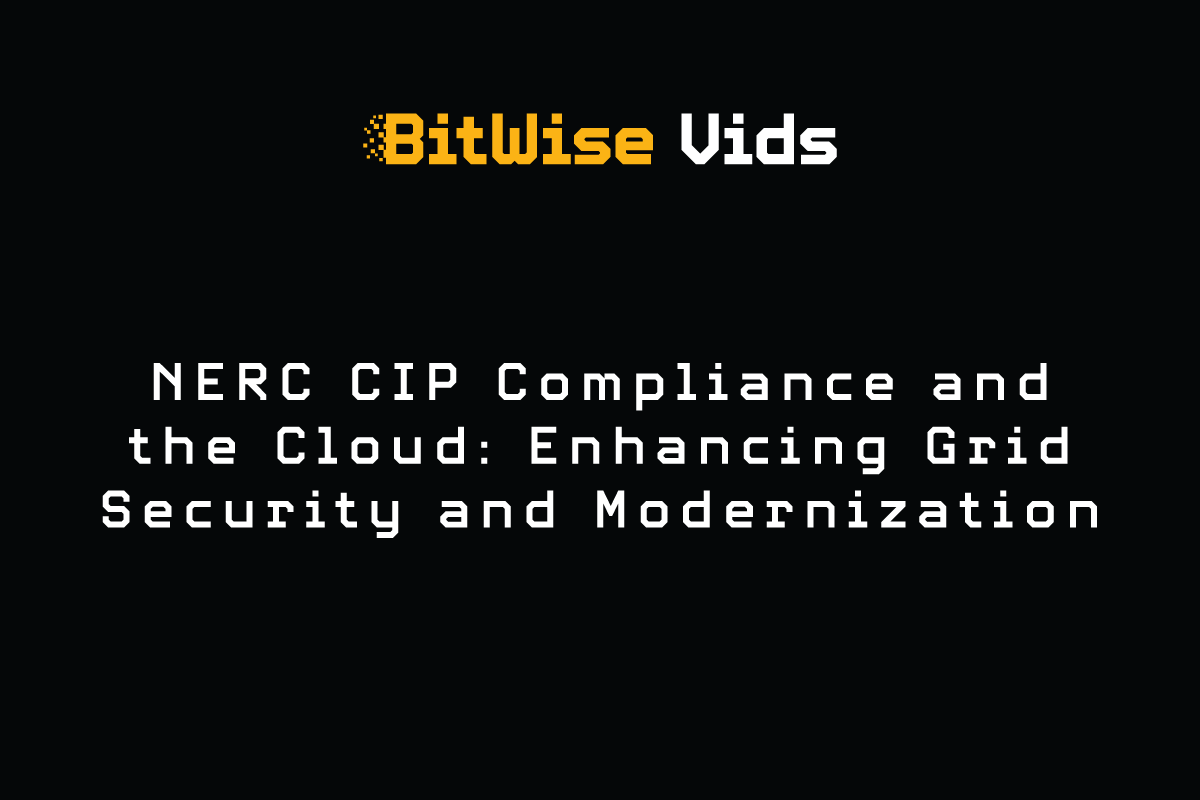Integrating cloud technology into energy infrastructure marks a significant shift towards more efficient, resilient, and secure power systems. The North American Electric Reliability Corporation (NERC) Critical Infrastructure Protection (CIP) standards are fundamental in safeguarding the reliability and security of the bulk power system. As the sector evolves, the importance of the cloud extends beyond mere compliance; it becomes essential for grid integrity, modernization, and meeting the evolving demands of consumers.
Cloud computing is instrumental in integrating renewable energy sources, such as wind and solar, into the grid, facilitating seamless operation and bolstering grid integrity. It also supports grid modernization by providing the scalability and flexibility needed for advanced monitoring, control, and optimization technologies. This enables utilities to respond to changing demand patterns more effectively and optimize resource utilization.
Cloud-based applications are reshaping customer interactions by offering reliable, accessible, and personalized energy services, including smart metering, demand response programs, and real-time energy usage insights, thus enhancing customer engagement. In terms of security, cloud providers’ investment in robust measures like encryption, access controls, and threat detection is crucial for protecting against cyber threats and ensuring the safety of critical infrastructure.
Compliance with NERC CIP standards is streamlined through cloud solutions that offer features such as data encryption, audit trails, and role-based access control, facilitating adherence to regulatory requirements. The transition to cloud computing addresses the limitations of traditional on-premises infrastructure by offering significant advantages in scalability, cost-efficiency, and resilience, essential for managing complex energy systems and maintaining a strong cybersecurity posture.
Security in the cloud is a shared responsibility, with cloud service providers securing the infrastructure and customers managing security within their cloud environments. This includes application security, access controls, and regular security assessments. For NERC CIP compliance, utilities must strategically manage data and system classification, employing careful handling of sensitive assets and considering cloud migration for lower-impact systems with appropriate controls.
In conclusion, the cloud’s impact on the energy sector enables utilities to enhance grid reliability, security, and customer satisfaction significantly. By embracing cloud technology and adhering to NERC CIP standards, utilities can effectively navigate the complexities of modern energy systems, mitigate cybersecurity risks, and ensure regulatory compliance. As the sector continues to evolve, cloud technology will remain central to grid modernization efforts, fostering innovation and resilience across the energy ecosystem.
References:
- Practical Adoption of Cloud Computing in Power Systems – Drivers, Challenges, Guidance, and Real-world Use Cases
- NERC CIP Standards for BES Cyber System Information on AWS
- Navigating NERC CIP Compliance in the Cloud
- BES Operations in the Cloud
About the Author:
Dr Nathan Wallace, PE has BS degrees in Electrical Engineering, and Physics, a MS in Engineering, and a Ph.D. in Engineering from Louisiana Tech University. Nathan is a CoFounder and Director of GridIntel. Nathan is actively involved in the IEEE-PES PSRC and PSCC technical committees and currently chairs two IEEE standards development working groups. Nathan is a licensed PE in AL, LA, MS, OH, and TN.
